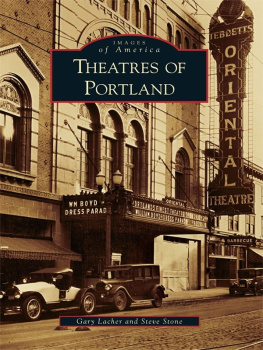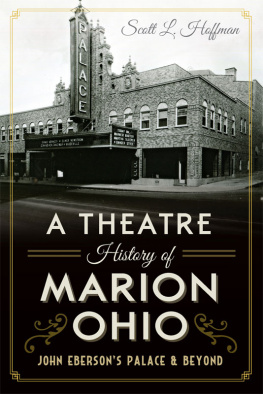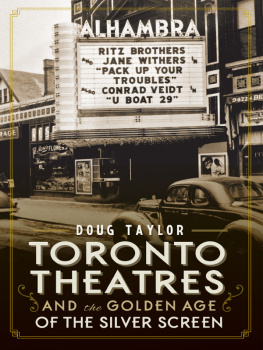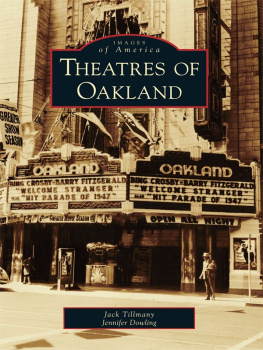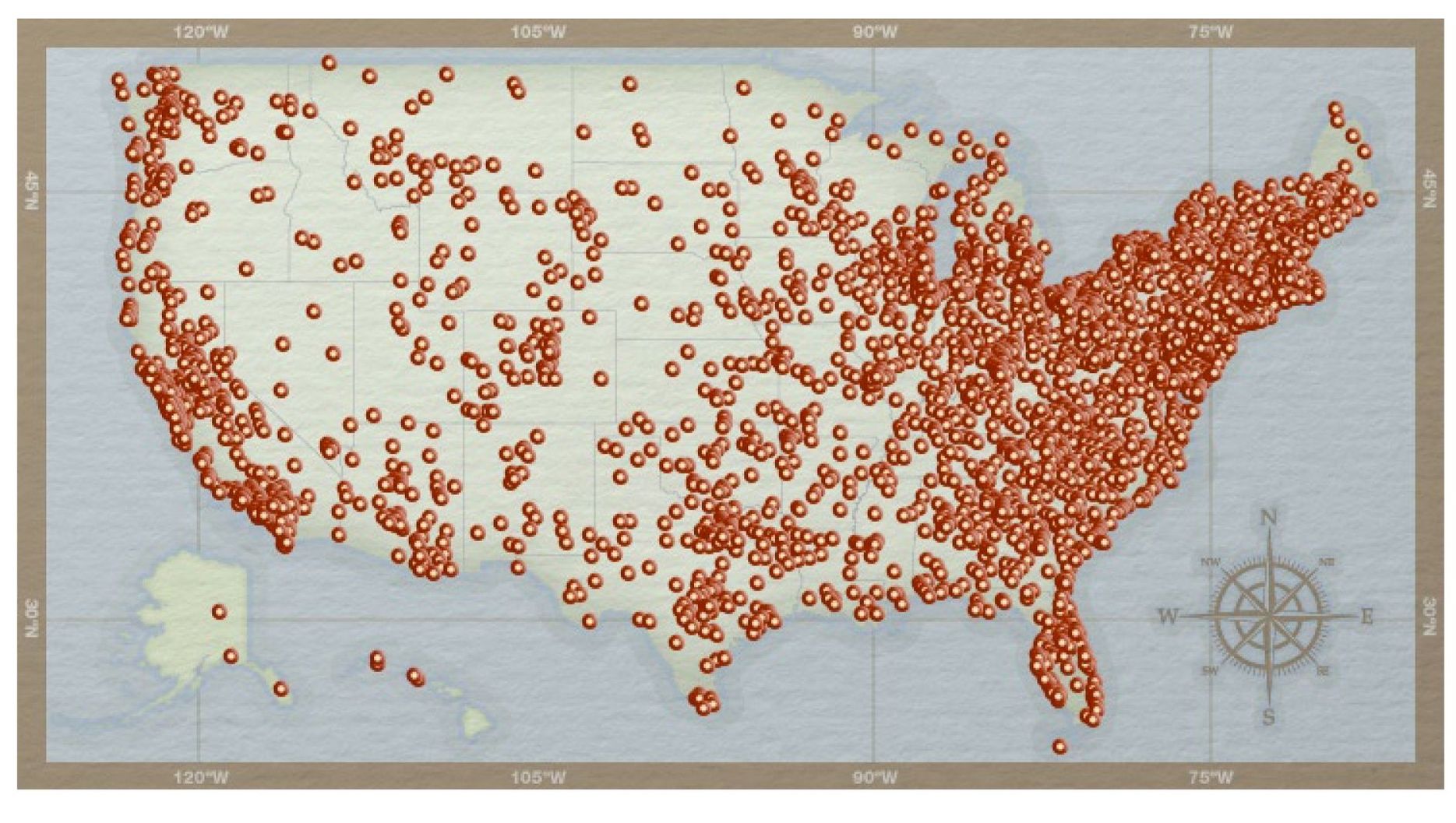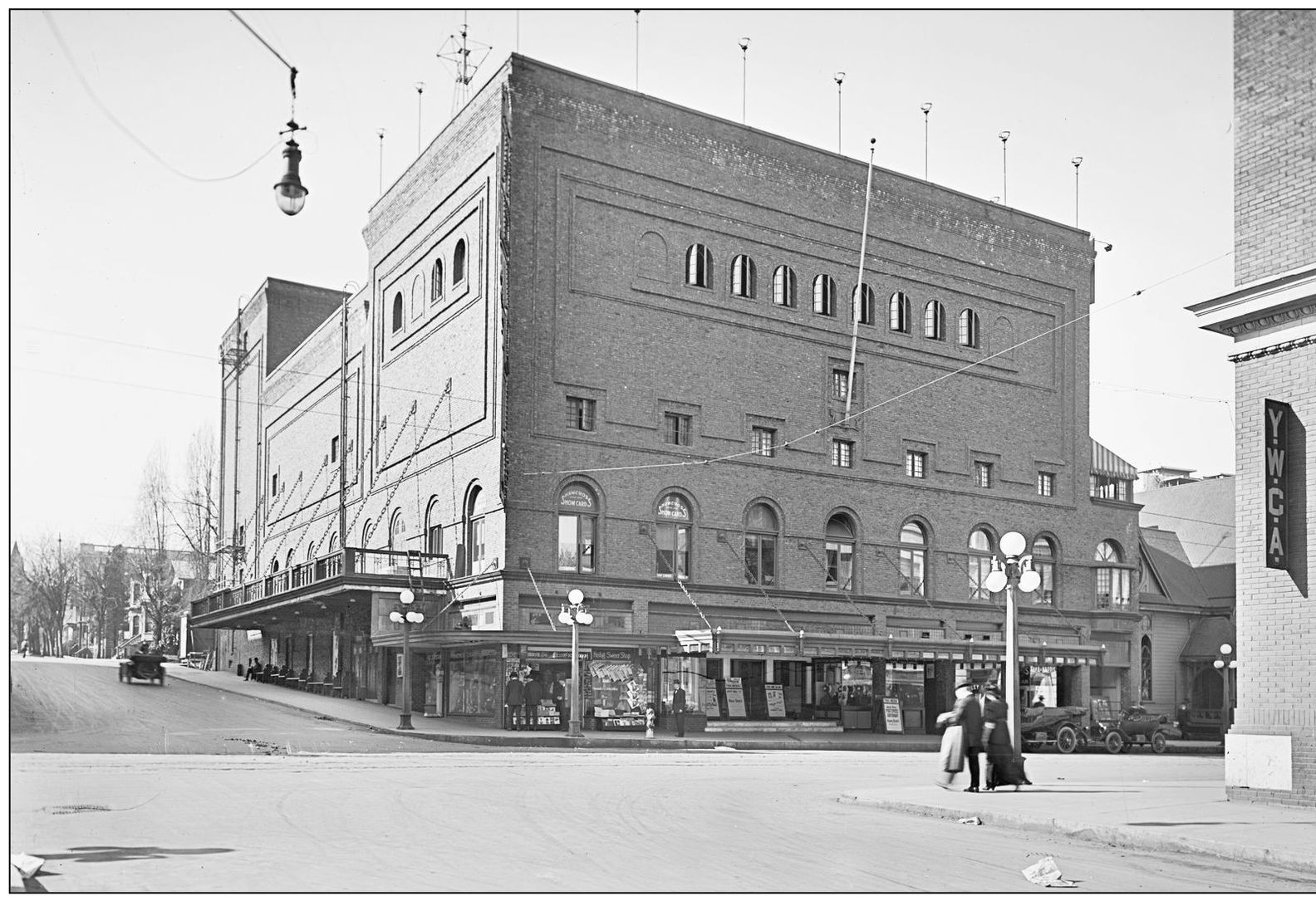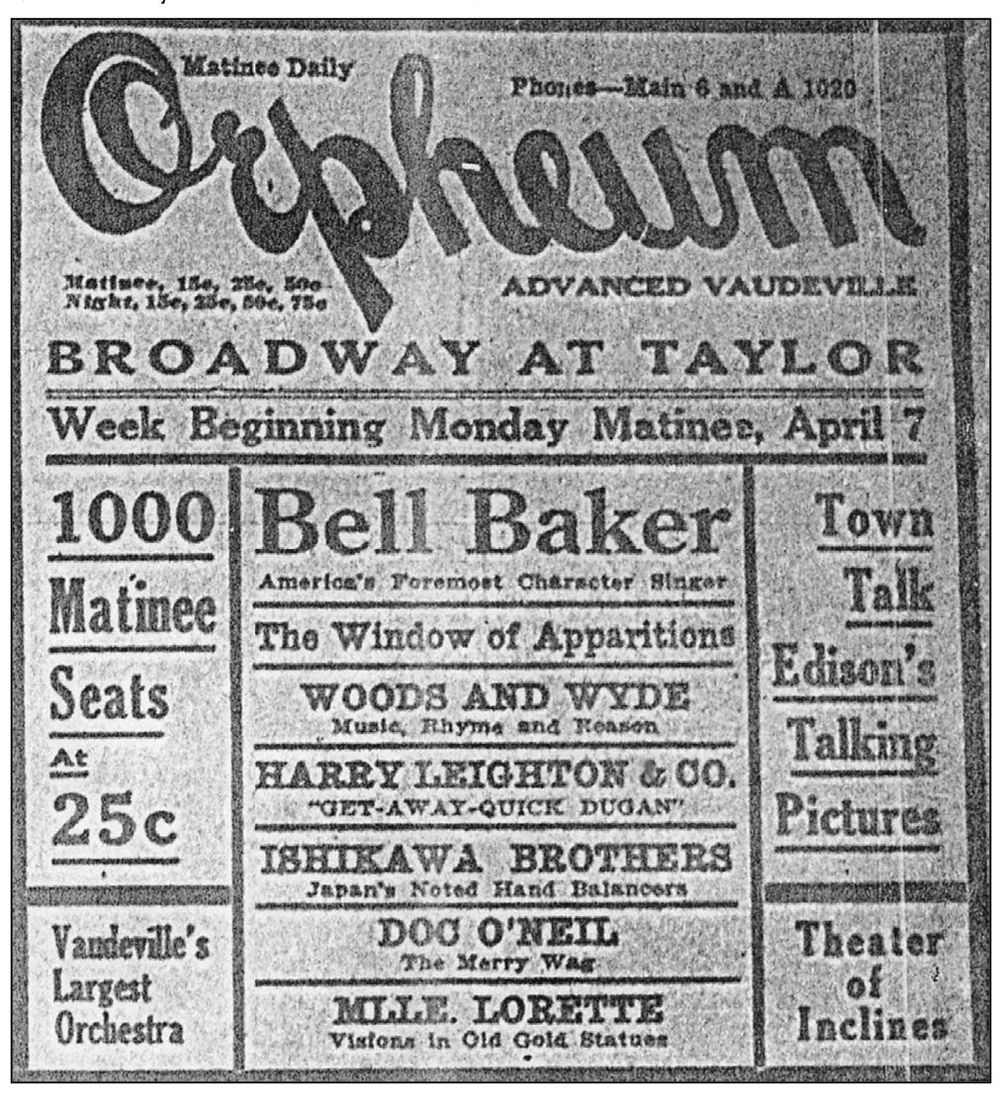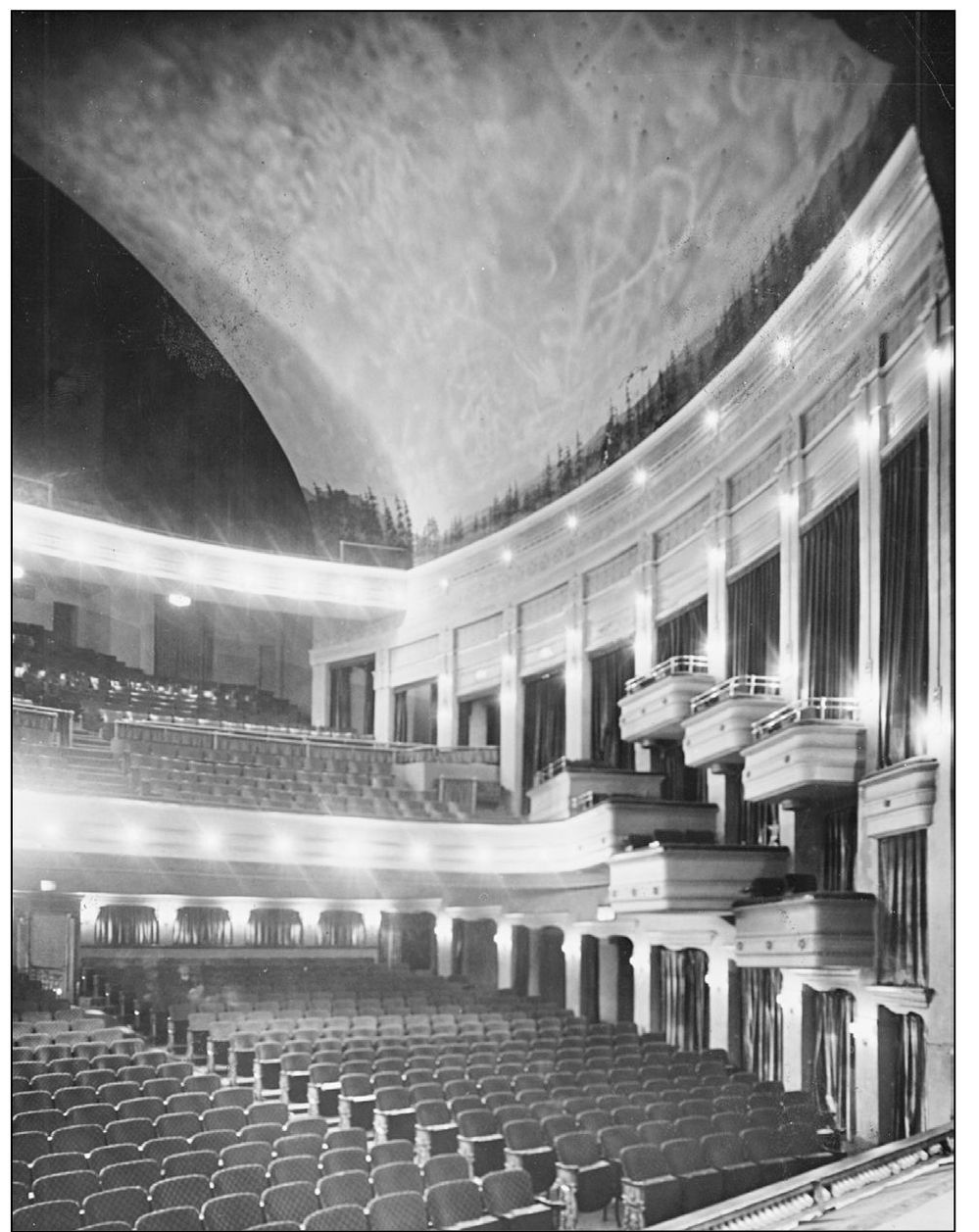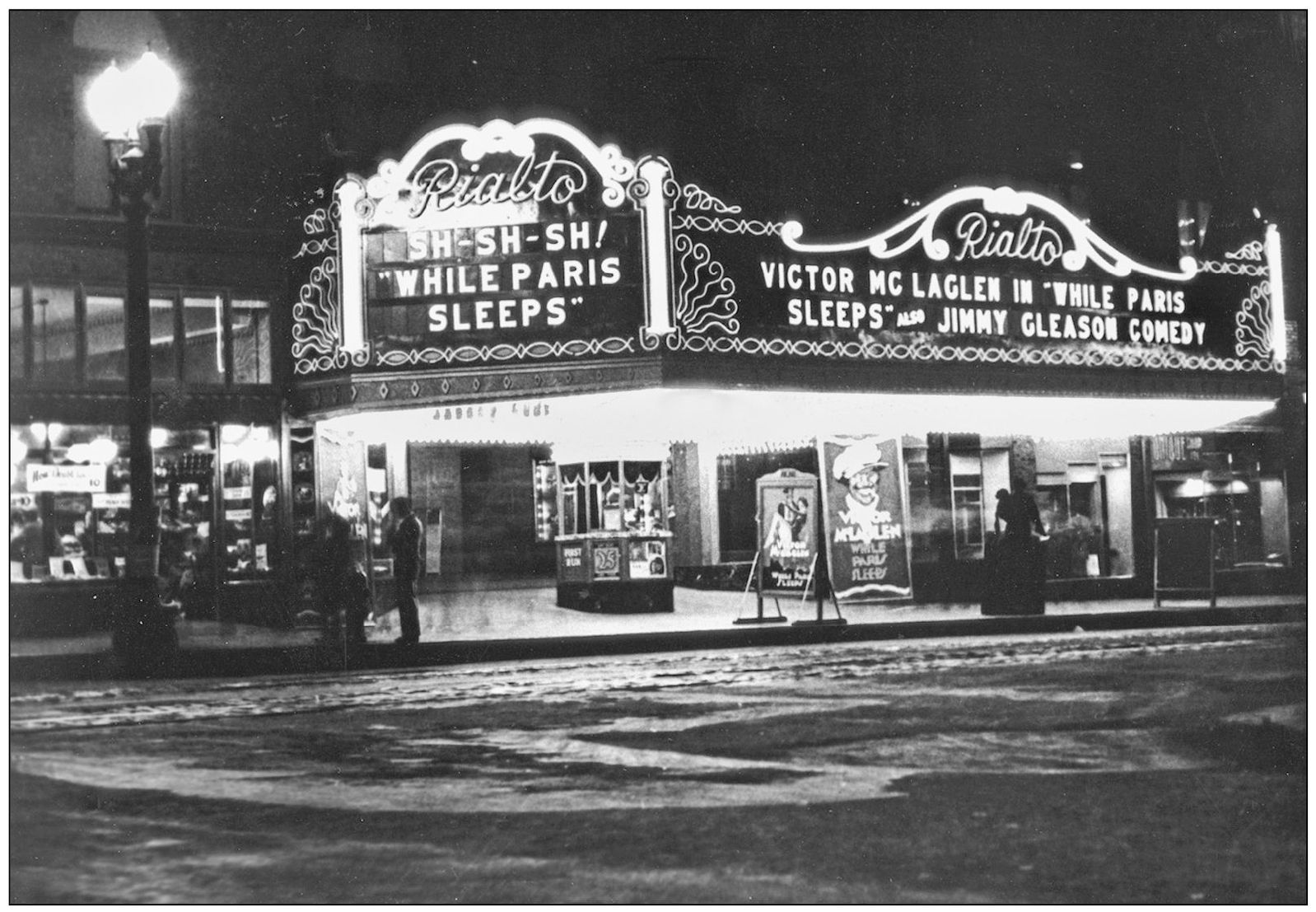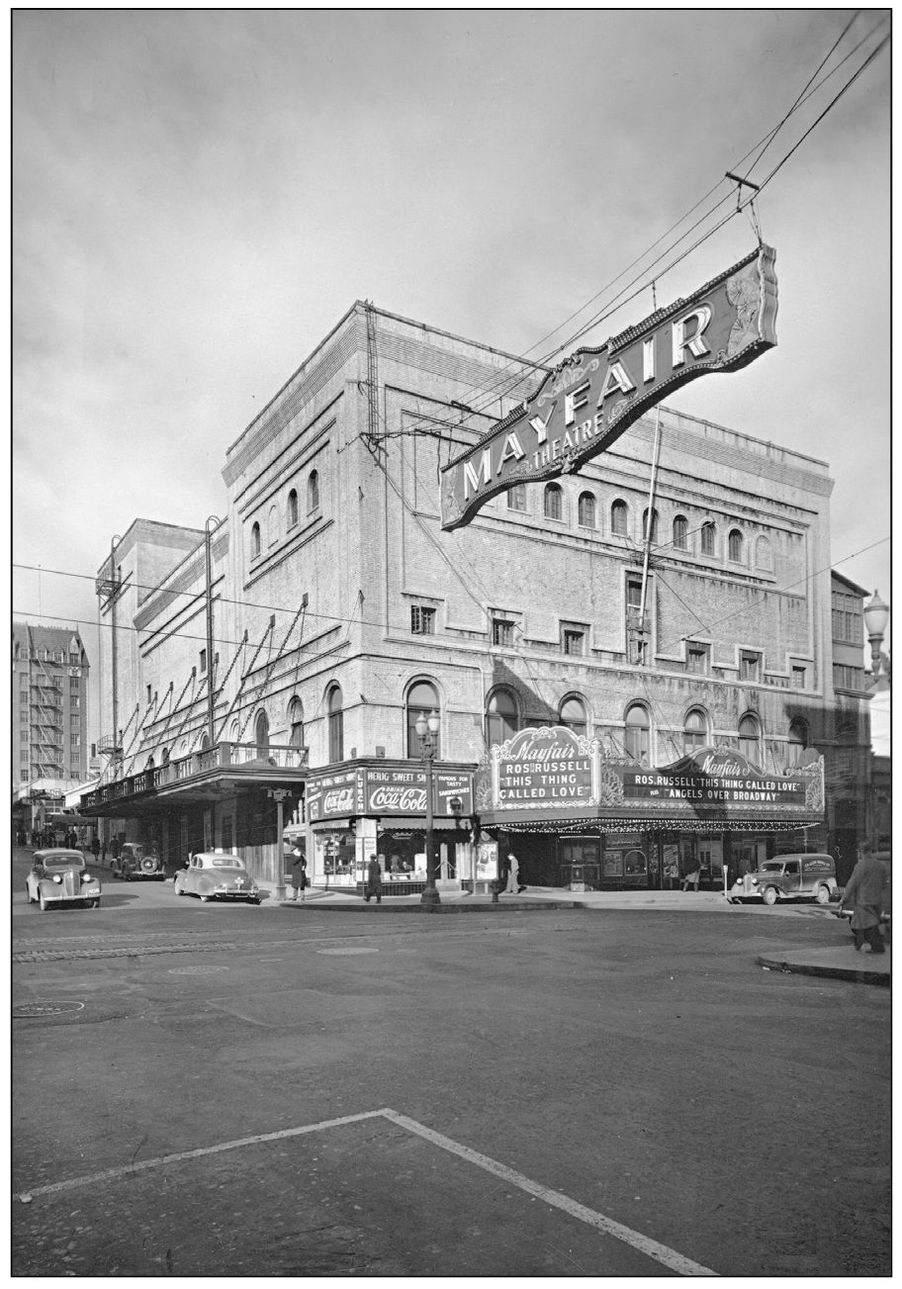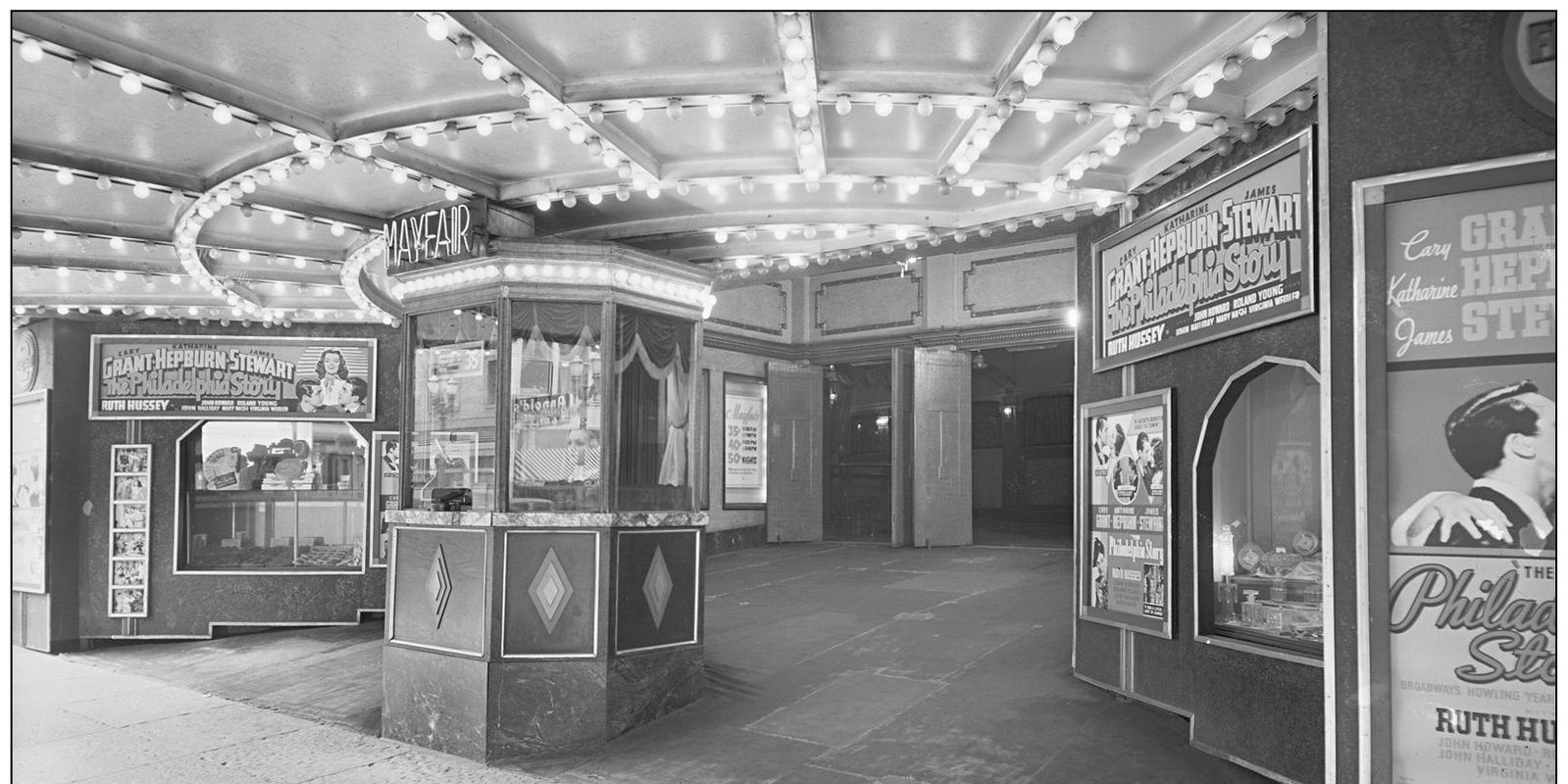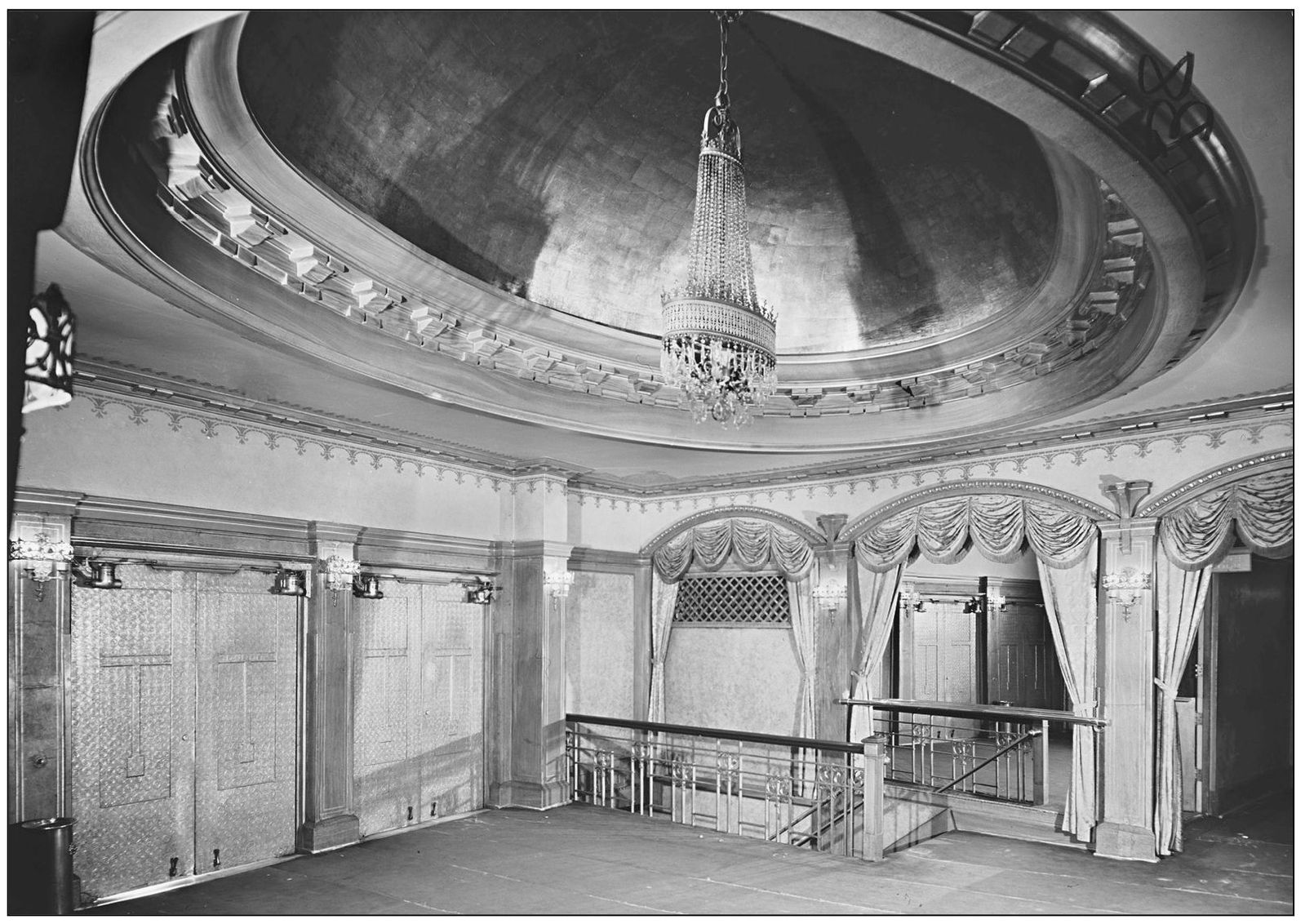One
ENTERING THE PALACE DOORS
The most impressive examples of Portland movie theatres, as in the case of most other American cities, are images of the downtown palaces. Because of early stage and vaudeville houses, people became used to the best in showmanship and entertainment. When films began taking on their own programming, theatre owners wanted to impress their audiences with the best in atmosphere, and it was not long before auditoriums were built to provide at least 1,000 seats for single-screen entertainment. People were delighted and impressed with large palatial auditoriums that would let them escape from their daily routines and into another world of luxury and opulence, if only for a few hours.
Included with first-run feature films and surroundings, theatres also provided stage shows and even had their own fully staffed orchestras. It was not unusual to watch a complete stage presentation of musical and novelty acts before the films even started. Even theatres, which did not have an orchestra, at least had a giant pipe organ that supplemented the many sound effects and music that accompanied the films. Silent films were never shown silent. In fact, the sound of a live orchestra or pipe organ was just as impressive as the latest digital technology today. Sensing the live orchestra and performers below the screen was certainly a wonderful accompaniment to the film. When sound began arriving in Portland in 1927, audiences accepted the transition to a certain extent, but the live music was missed by many as the orchestras and stage shows disappeared.
Stage theatres began conforming to stricter safety codes in 1910. The new Heilig show house opened July 22, 1910, at Southwest Seventh Avenue (now Broadway) and Taylor Street. Gas-illuminated torches ring the top edge of the building. Besides Heiligs stock players, other stage and vaudeville acts would lease the building seasonally. E. W. Houghton was the lead architect.
(Courtesy OHS OrHi 17527.)
The show house from the very beginning had provisions for exhibiting moving pictures. Here, during the spring of 1913, the Orpheum vaudeville circuit is appearing at the Heilig. Note Edisons very early talking pictures are part of the program. This was accomplished with a synchronized phonograph system near the stage. (Courtesy Steve Stone.)
The 1,500-seat Heilig auditorium had box seats, which were typical for all of Portlands live and vaudeville houses. It had almost an opera house look throughout. Not many Portland theatres, live or motion picture, were equipped with an upper, second balcony, or gallery. Stage facilities were unequaled west of the Mississippi at the 1910 opening. (Courtesy OHS OrHi 68417.)
The gallery had been a segregated affair, accessible via a separate, unmarked side entrance to the five-story stairwell leading to a very plain ticket window at the top. Straw-stuffed benches, rather than orchestra seating, were offered for 10 cheaper than the main floor or first balcony admission. This area became sealed off in 1929 but was still intact, as this 1997 view shows. (Courtesy OHS bb004514.)
In 1929, the Paramount-Publix chain leased the theatre and made many renovations, including a very splashy marquee. The house became a double-feature movies and vaudeville venue for the chain. Talking equipment was installed. But the Depression was just starting, and Paramount would pull out after only two years of operating. (Courtesy Alex Blendl.)
After other operators took brief turns at experimenting with movies and stage shows, it came under the operation of the now-established J. J. Parker chain of regional movie houses. The marquee was re-lettered Mayfair and the interior redecorated thoroughly. Economy double features became the mainstay, punctuated with regular road show stage events. (Courtesy OHS OrHi 25794.)
Very typical of the downtown palaces was the island box office, such as the one at the Mayfair. The cashier on duty would be the attractive focal point to consummate the purchase of tickets. Until the 1960s, other service staff (except management) normally could not work, or even enter, the box office. All daily receipts were counted in double custody and deposited in a drop-safe. (Courtesy OHS OrHi 25840.)

